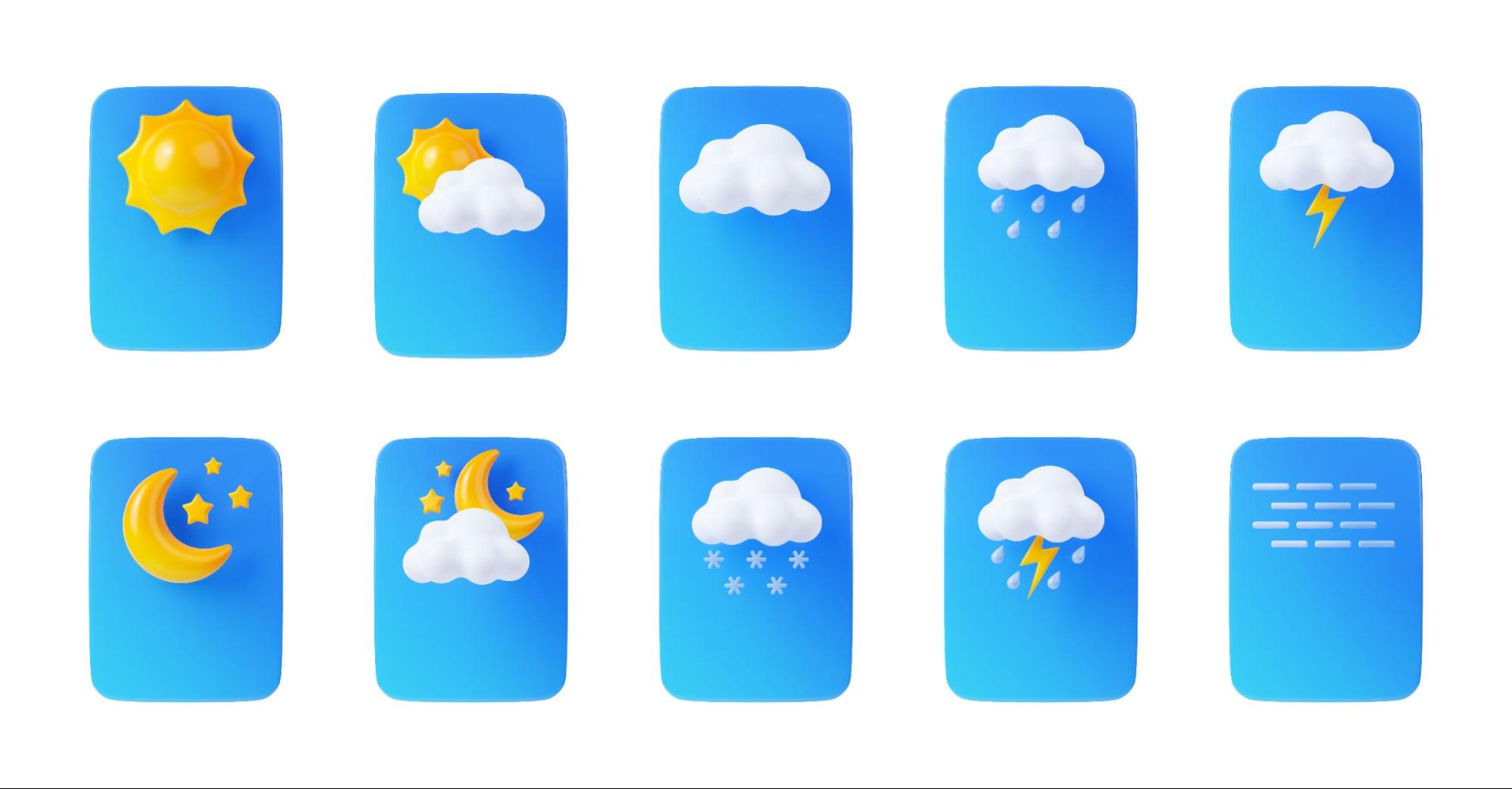

Today's digital world works with API (Application programming interfaces), an intermediary that enables two or more software programs to communicate among themselves. In that sense, these are the bridges between various systems. With APIs, new features can be incorporated into existing applications, operations can be streamlined, and as a result, better user experiences can emerge. Here, we delve deeper to introduce the top 10 famous examples for API that wield their innovative powers as omni-use across domains and industries.

Google Maps API is one of the most popular APIs in the world. It allows developers to integrate Google Maps into their websites and Android applications. The numerous uses of the API include displaying maps, adding markers at locations, supporting real-time navigation, and integrating street views. Companies like Uber and Airbnb highly rely on these APIs to offer location-based services that are part of their unique needs and make associated added value.
The Twitter API enables developers to access Twitter data and functionalities. This example of an API allows for pulling off user times, updating statuses on behalf of a user, and fetching user profile information. Social media management tools like Hootsuite and Buffer use the functionalities of this API in many ways to help users schedule tweets, analyze engagement, and manage several Twitter accounts simultaneously.
The Facebook API is an interface by which developers can access the users' profiles, friends, photos, and other connections on Facebook through the Facebook Social Graph. This is one of the powerful examples of an API that empowers developers to develop applications that interact with Facebook social features like wall updates, profile data, etc.
The Stripe API is an excellent illustration of an API for financial transactions. This API communicates with the websites or mobile applications to, in turn, allow businesses to accept online payments. This API facilitates functions for processing credit card payments, subscription management, and refunds. E-commerce platforms such as Shopify and WooCommerce have integrated the Stripe API, as shown in the sample, to seamlessly provide payment processing services to their clients.

The YouTube API exposes YouTube's video content to developers and allows them to utilize the video content in their applications. Without limitation to the API functionalities, some of its functions include video search, retrieval of video information, uploading videos, and management of playlists. The YouTube API is typically employed in academic applications, video-sharing websites, and social media utilities that try to exploit content.
The Amazon S3 API is considered as one for cloud storage. Where a developer was able to store and retrieve data in Amazon's Simple Storage Service. This S3 API example enables functions relating to the upload and download of files, control and management of permissions, and data bucketing. Scalable, reliable data solutions are offered for Amazon S3, which is why companies highly depend on it.
The Slack API serves as the gateway for other developers to implement several messaging and collaboration features that Slack has within their app. Some primary API uses include sending messages, creating channels, and managing user groups. Other popular project management platforms like Trello and Asana use the Slack API to embed communication and collaboration features within their interface.
The API allows access to features in the Spotify music library and enables their integration into apps by developers. The features in the API allow song searching, album details, and playlist panels. Music streaming services, social media platforms, and entertainment applications leverage the Spotify API to create a rich music experience for their users.

Weather APIs provide access to data about the current conditions and forecasts, like retrieving current conditions, accessing historical weather data, and acquiring severe weather alerts. Travel applications, outdoor events organizers, and news platforms are only a few applications that retrieve accurate and up-to-date weather information for the user using one or the other weather APIs.
The Google Drive API enables developers to integrate Google Drive's storage and file management features into their applications. Its file management includes functions like uploading files to the drive, downloading files from the drive, sharing documents, and structuring the data stored in logical folders. Productivity tools, collaboration platforms, and educational applications. Therefore, all support the Google Drive API to increase the scope of their document management functionalities.
With the API example above, it is clear how vast and essential APIs are in the current development of software. By understanding how these APIs work and what they offer, developers can use them to the best of their potential in developing innovative and efficient applications.
APIs find their way into different scenarios based on the solutions they provide. For example, an online site for booking travel has been embedded in several APIs to fetch the details of flights, hotel booking services, car hire, and even weather details on the same site for user convenience. These things lower the user's hassle.

APIs have many uses within the e-commerce arena: almost any e-commerce platform will employ several APIs for processing payments, location services, storing and displaying product images and data, etc. For instance, a single e-commerce platform could use an API like Stripe to process payments, the Google Maps API for location services, and the Amazon S3 API for storing data about product images. It's a mesh of APIs that helps to create a seamless user-oriented shopping experience.
Social media platforms rely heavily on integrative application program interfaces. For instance, this application can relate to a user's Twitter account by using Twitter's API to schedule tweets or Facebook's Graph API to access the interaction data. Illustrations of such interactions show how APIs improve a platform's functionality and user experience.
Application Programming Interfaces are the backbone of various modern-day software ecosystems. These make different software systems work together in integration and synchronization, thereby building scalable and flexible applications for ease of use. Providing predefined techniques and protocols, APIs simplify the process for developers to integrate new features, enhance performance, and ensure different systems inter-operate well.
The future of API development is quite promising, dealing with enhanced security, greater scalability, and user-friendly documentation. APIs provide the building blocks for application development. Therefore, it will be at the epicenter of intelligent application development for IoT devices and AI-driven technologies.
APIs have changed the paradigm through which software applications are created and entrenched. The above article thus lists the top 10 famous examples of API, showing how they are being used to demonstrate the power and diversity of APIs in various industries. Be it for fueling financial transactions, integrating and powering social media interactions, or even using real-time data. What all of this demonstrates is that APIs are one thing no developer can do without. Optimizory for developers will streamline the API testing process, ensuring your APIs work correctly and securely. Embrace the power of APIs toward building innovative, efficient applications.

Record, Specify, Test and Mock your RESTful and Other Web APIs.